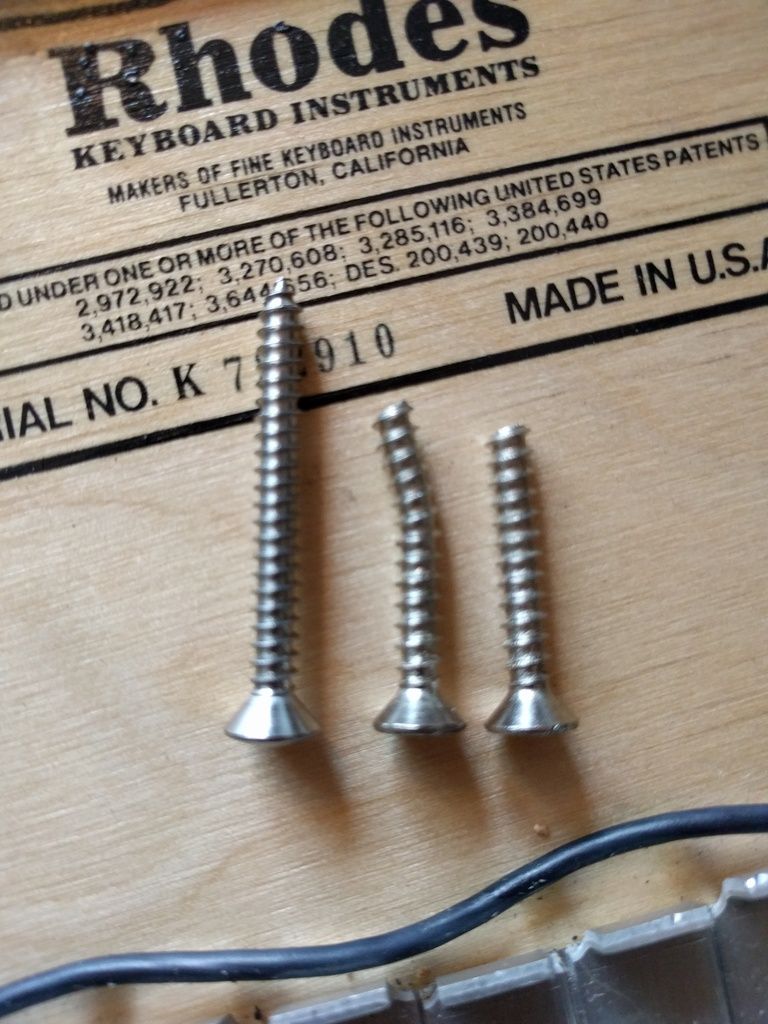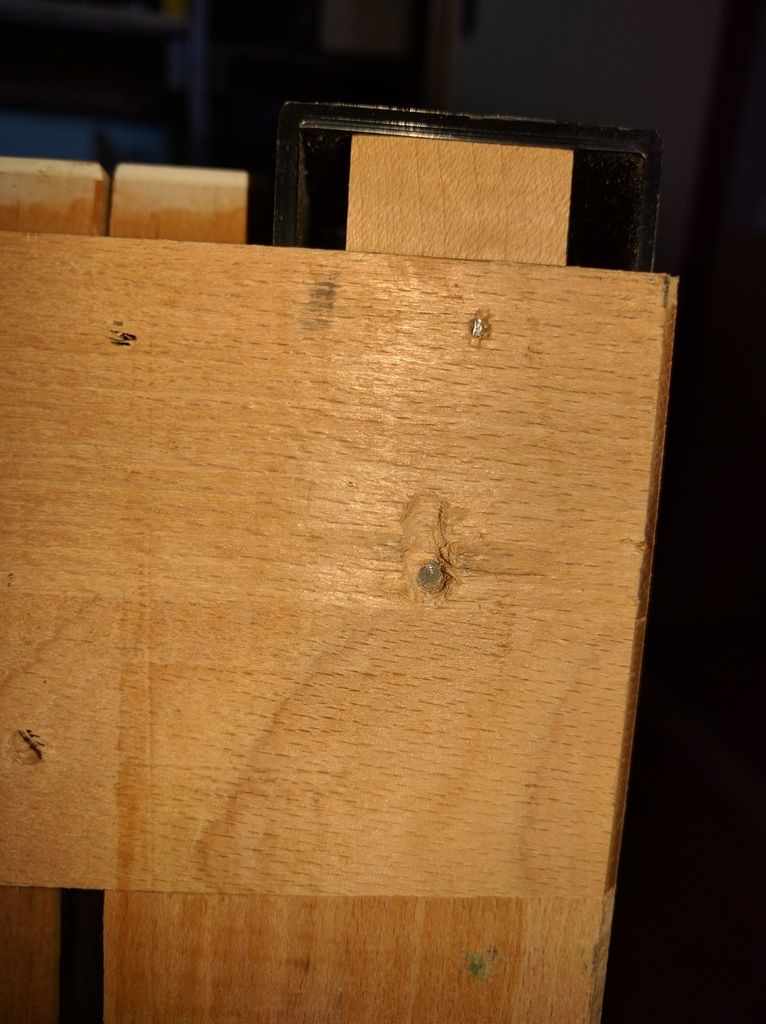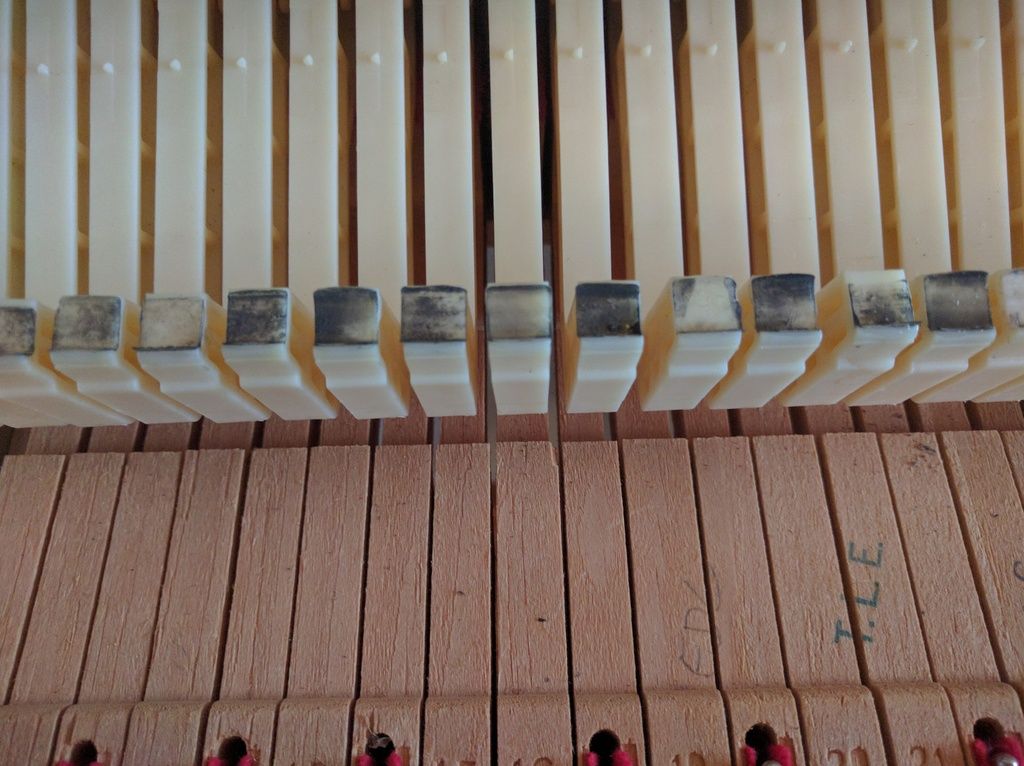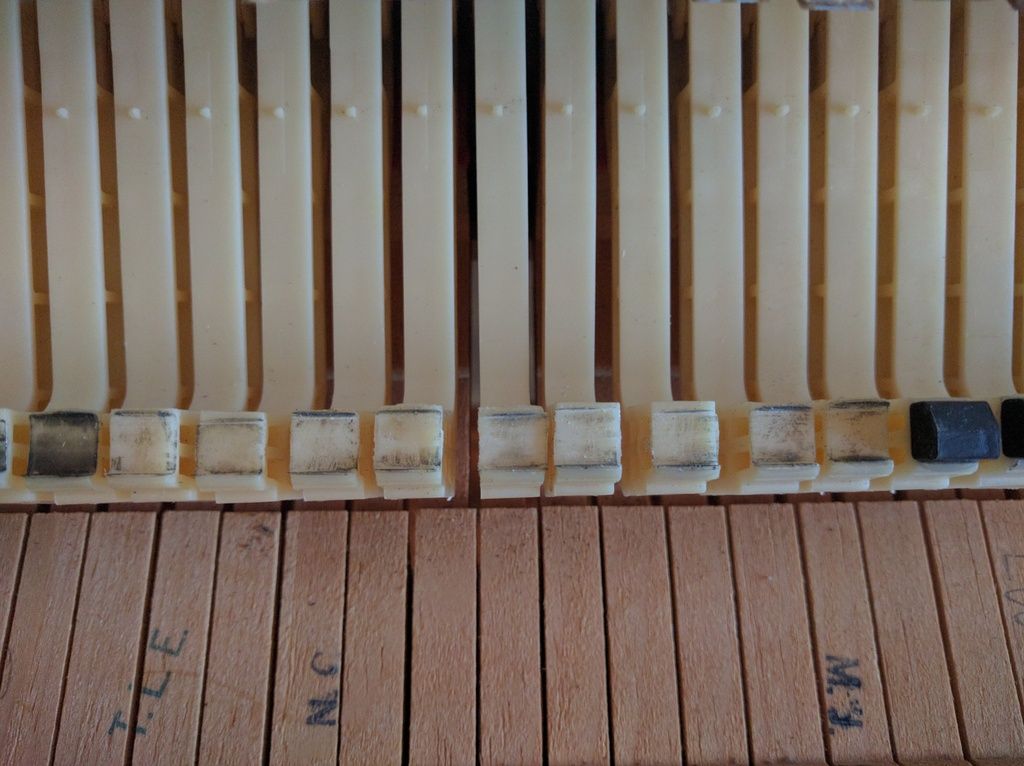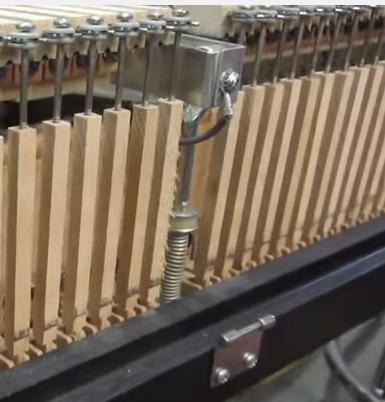Many people on this forum have helped me in learning to restore and maintain my Wurli and Rhodes pianos so I thought I'd share some of the original music I've made using them. Feel free to check out below. Thanks to the community here for the support.
This one features Wurli:
https://soundcloud.com/hollowengine/modal-dichotomy-ii-1
And this one's got Rhodes and Wurli:
https://soundcloud.com/hollowengine/giants
Cool. Hope you enjoy.
~Cory
This one features Wurli:
https://soundcloud.com/hollowengine/modal-dichotomy-ii-1
And this one's got Rhodes and Wurli:
https://soundcloud.com/hollowengine/giants
Cool. Hope you enjoy.
~Cory


